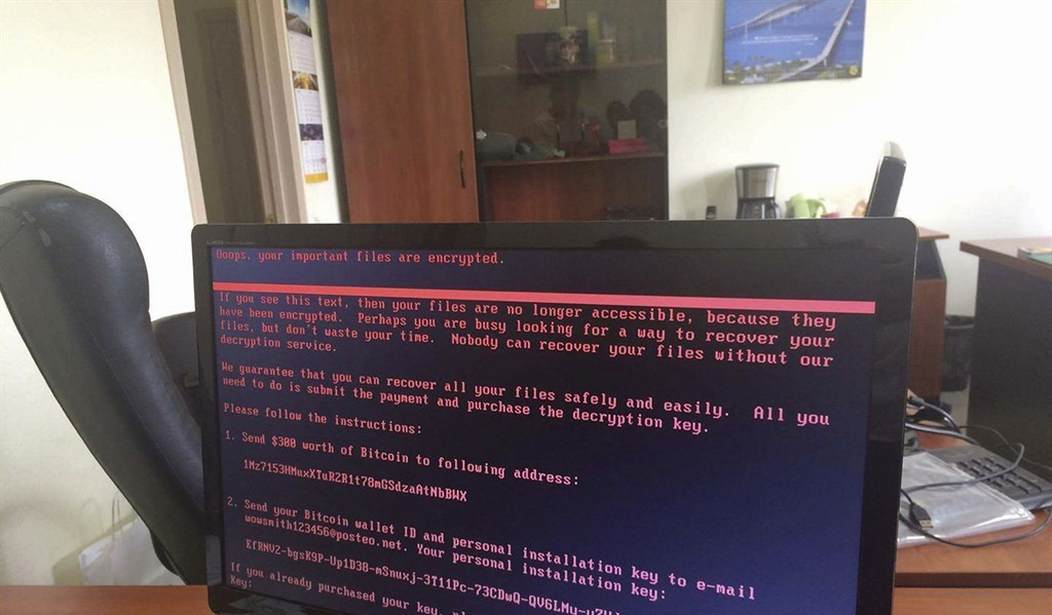Complaints about the rapidly advancing state of Artificial Intelligence technology are not hard to find, and I’ve raised more than a few of them myself. The issues range from concerns that AI will be taking people’s jobs and ruining educational systems because of cheating to armies of robots bent on destroying their human creators before we can pull the plug. But another one surfaced recently that really hadn’t been on my radar. Rapidly growing AI systems like ChatGPT require ever larger server farms to keep processing all of that data at previously unimaginable speeds. And those server farms are drawing a ton of power from the grid while generating huge amounts of heat. So the buildings must be cooled more and more aggressively to prevent the system from literally melting down. And that takes water. Lots of it. So that’s the latest complaint being lodged. Artificial Intelligence is using up our freshwater supplies far too quickly when they are needed elsewhere. (Associated Press)
The cost of building an artificial intelligence product like ChatGPT can be hard to measure.
But one thing Microsoft-backed OpenAI needed for its technology was plenty of water, pulled from the watershed of the Raccoon and Des Moines rivers in central Iowa to cool a powerful supercomputer as it helped teach its AI systems how to mimic human writing.
As they race to capitalize on a craze for generative AI, leading tech developers including Microsoft, OpenAI and Google have acknowledged that growing demand for their AI tools carries hefty costs, from expensive semiconductors to an increase in water consumption.
Concerns about both types of resources being impacted are valid but not equal in terms of the potential risk. Our power grid is currently straining to keep up with AI, but it’s straining to keep up with pretty much everything. That problem could be fixed in literally less than a year with a new president replacing Joe Biden who wanted to return America to energy independence and make use of our boundless supplies of domestic fossil fuels.
Water, on the other hand, is an equally serious issue but far more daunting in terms of potential solutions, assuming there are any. It is inarguable that the world – including America – is facing a freshwater availability crisis that is only growing by the year. We discussed this recently when I wrote about the coming water wars. The effects are already being felt. California has seen some recent relief from the “atmospheric rivers” drenching the state, but before that, they were fighting over new desalination plants because their water reservoirs have been drying up. Colorado reached a point last year when they were paying people to abandon their lawns and install rock gardens or natural desert foliage. And once the current period of deluges ends (and it will end because it always does) those conditions will return.
While I realize that many of our readers absolutely hate it when I say this, the reality is that we have too many people on the planet using the available fresh water supplies, frequently in very inefficient and wasteful ways. We’re pulling from the water table in many areas far faster than it can be replenished through natural rainfall. And as much as the people working on ChatGPT may hate to hear, humans require water to survive for many inescapable reasons that are far more important than helping somebody cheat on the midterms.
That means we need to either find a more efficient way to cool the server farms or figure out how to manage a more sustainable supply of water. The only option after that will be to have fewer people using all of the water, which a global lack of fresh water will take care of by itself. Desalination is one obvious path to explore because we have more ocean water than we know what to do with. And the climate alarmists regularly remind us that it will soon be coming to drown us all. But desalination is both energy intensive and expensive, vastly more so than simply collecting the freshwater that falls naturally from the skies. Researchers at universities like MIT have been developing some new solar-powered desalination technology that reduces costs, which is great. But when you look at the volume of potable water that the average desalination plant can produce per day (roughly one million gallons) as compared to the volume of freshwater used in America each day (approximately 322 billion gallons) you can see that the math simply doesn’t work out unless we eliminate all human habitation along all of our coasts and replace it with nothing but desalination plants. And we’d still have to power all of those plants.
This is the magnitude of the problem. AI server farms represent only an immeasurably small part of the water consumption problem, but they are part of the problem and it’s one that’s drawing more attention and coverage these days. This would normally be the portion of the article where I offer a brilliant proposal to address the issue, generally relying on fiscally conservative, small-government principles. But for this I have nothing. My apologies. We’re pretty much screwed.









Join the conversation as a VIP Member